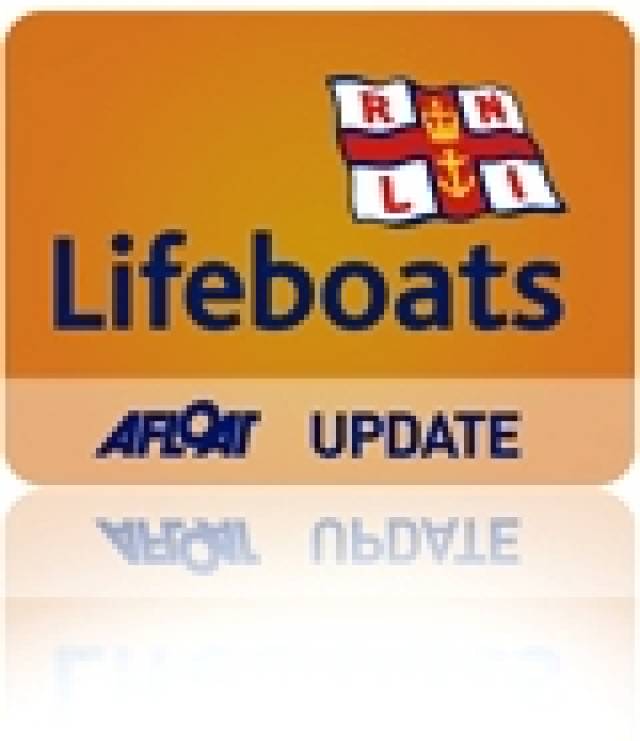#RNLI – RNLI volunteer lifeboat crews in Ireland were kept busy this summer, with the charity's lifeboats launching 571 times during the months of June, July and August. The figure represents an increase of 43 per cent on the previous summer.
While many people were enjoying the prolonged sunshine and the hottest summer for a number of years, Irish RNLI lifeboat crews were out helping those in trouble around the Irish coast and on inland waters at Lough Derg, Lough Ree and Lough Erne.
The busiest lifeboat station in Ireland over the summer period (1 June to 31 August) was Dun Laoghaire which was called out 34 times. This was followed by Portrush in Antrim who launched 26 times and Crosshaven in Cork, whose volunteer crew were out 25 times over the summer.
Some lifeboat stations showed a large increase in their call outs on the same period last year with Skerries, Wicklow, and Fenit lifeboat crews, which launched 17 times each, doubling their launches from last year. Courtown in Wexford went from launching once last summer to 13 times.
Gareth Morrison, RNLI Divisional Operations Manager said: 'With more people travelling to the coast over the summer months RNLI volunteer lifeboat crews were busy keeping people safe. The commitment shown by our lifesavers that launched at all hours of the day and night in various conditions was outstanding.
'Not every lifeboat launch ends in a rescue and sadly some of our dedicated volunteer crews dealt with some difficult and challenging callouts. Their professionalism and determination in bringing loved ones home when they get in trouble on the water is to be commended.'
RNLI volunteer lifeboat crews in Ireland have been involved in a number of dramatic rescues this summer.
In July, 30 people were rescued by Kinsale and Courtmacsherry lifeboat crews when the tall ship Astrid was blown onto rocks and was taking on water off the south coast.
Dun Laoghaire RNLI all-weather lifeboat and Howth RNLI inshore lifeboat rescued six people on Dublin Bay in August after their boat capsized and they were clinging to the upturned hull.
Volunteer lifeboat crew with Tramore RNLI responded when a six metre half decker boat capsized with four men onboard off the Waterford coast. One man managed to swim to shore and the remaining three were recovered by the Tramore RNLI inshore lifeboat crew. One of the three was then airlifted off the lifeboat by the Coast Guard helicopter.
Sadly the summer also saw some tragedies on Irish waters and lifeboat crew at Dunmore East were involved with the Coast Guard helicopter Rescue 117 in bringing home the three brothers who drowned while out were fishing off Dunmore East in June.
Gareth Morrison concluded: 'I would like to thank our supporters and fundraisers. Without their kind generosity and hard work we would not be able to equip and train our lifesavers or help so many people in trouble at sea and on inland waters.'































































